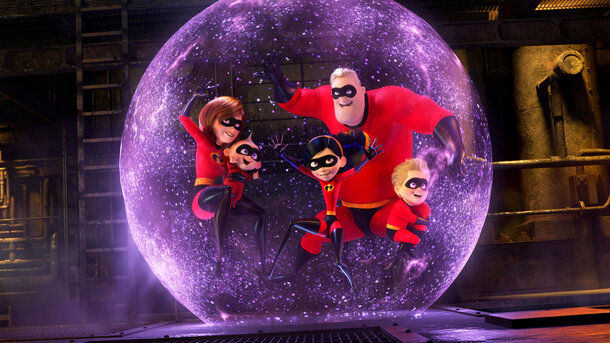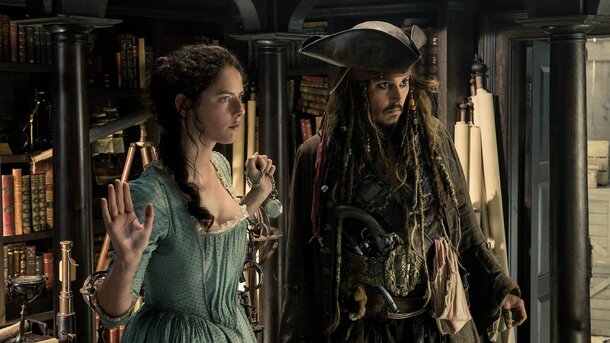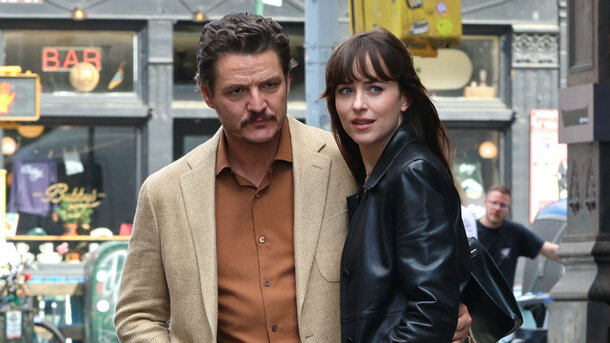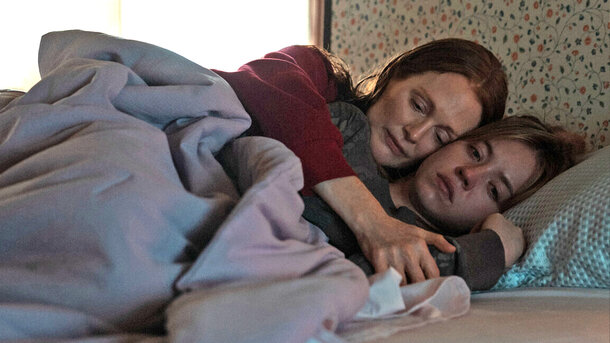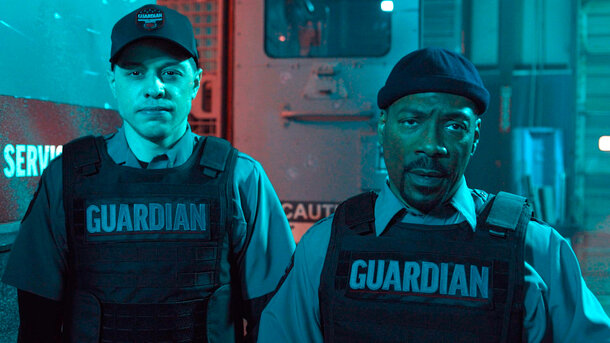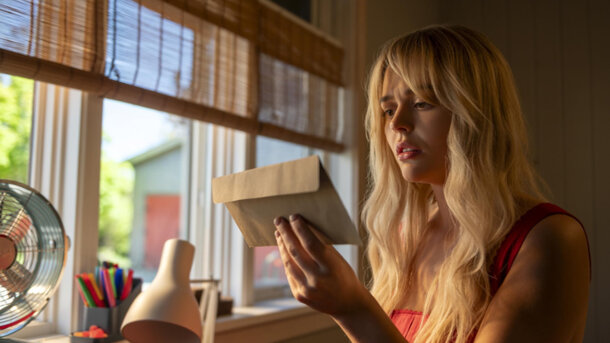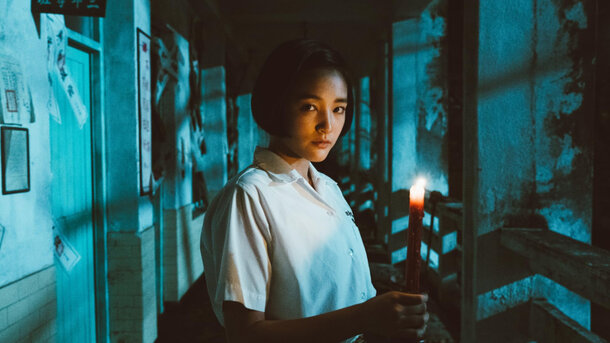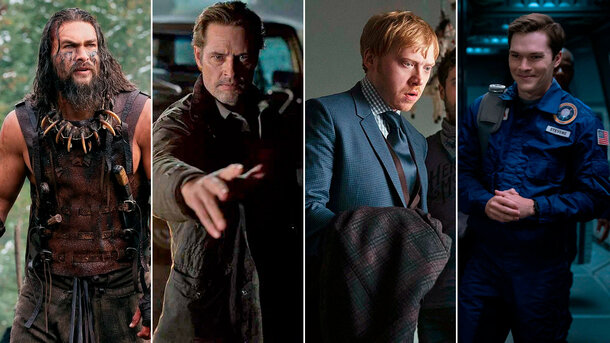In film, few props are as deceptively loaded as a glass of milk. While it might seem like a wholesome, innocuous beverage — associated with childhood, comfort, and purity — in the hands of a villain, milk becomes deeply unsettling. Over the years, directors have repeatedly used it to contrast innocence with cruelty, turning it into a subtle yet powerful cinematic trope.
One of the most iconic uses appears in A Clockwork Orange (1971), where Alex DeLarge and his gang sip drug-laced milk at the Korova Milk Bar before embarking on nights of ultraviolence. The juxtaposition is deliberate: young delinquents drinking a childlike drink, moments before committing horrific acts. Stanley Kubrick uses milk here as ironic symbolism — purity twisted.
Then there's Colonel Hans Landa in Inglourious Basterds (2009). During a chilling interrogation scene, Landa slowly drinks a glass of milk while calmly manipulating a terrified farmer. The choice isn’t random — he knows the family he’s hunting are hiding Jews beneath the floorboards, and the milk, taken from their farm, becomes a quiet display of dominance.
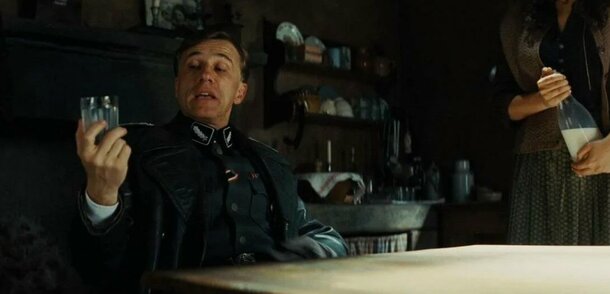
And let’s not forget No Country for Old Men (2007). Anton Chigurh, perhaps one of the coldest killers in modern cinema, is seen drinking a glass of milk in a victim’s house. The act is quiet, calculated — another subtle way to show control over the space and situation, without needing to raise his voice or even speak.
So why milk?
Psychologists and film theorists suggest that milk’s cultural associations — with innocence, safety, and childhood — make it a perfect foil for villainy. When a character drinks milk in a moment of tension, it feels 'off.' It subverts expectations. We don’t expect monsters to drink milk. And yet, that’s precisely the point.
These characters aren’t outward monsters — they’re polite, well-mannered, even elegant. The milk becomes a symbol not of innocence, but of eerie detachment, arrested emotional development, or sociopathic control.

What began as visual irony has evolved into a shorthand for something deeper: the evil that hides behind a smile, the danger lurking beneath the ordinary.
So next time you see a character sipping a cold glass of milk in the middle of a serious scene — pay attention. It might just be cinema’s quietest warning sign.


